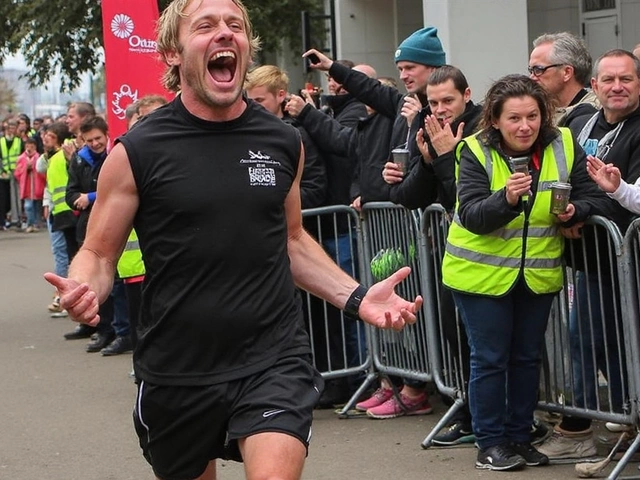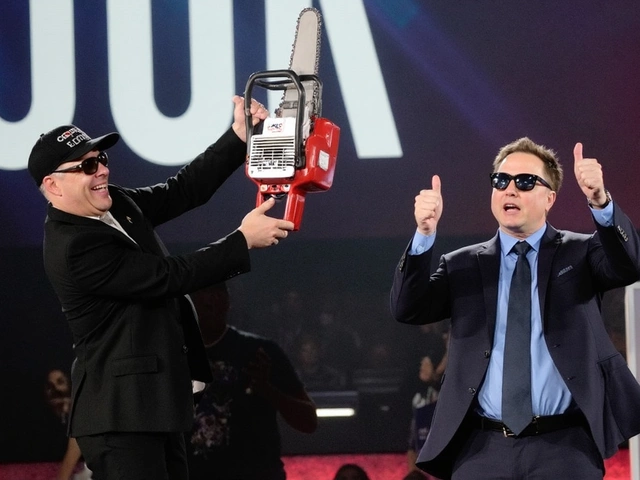Rehab Tips to Speed Up Your Recovery
Whether you’re nursing a sports injury or trying to get a classic car back on the road, the right rehab routine can make all the difference. Below are simple, no‑nonsense steps that help you bounce back faster and stay safe.
Physical Rehab for Athletes
First thing’s first: don’t push through pain. Listen to your body and give it the rest it needs before you start any routine. A quick check‑in with a physio can pinpoint the exact area that needs work, saving you from wasted effort.
Start with low‑impact movements like swimming or cycling. These keep blood flowing without stressing the injured joint. Aim for 10‑15 minutes a day, gradually adding five minutes each session. Once you feel stable, introduce strength work—think body‑weight squats, lunges, or resistance bands. Keep the load light; the goal is to rebuild muscle, not to re‑injure.
Stretching should be part of every session. Hold each stretch for 20‑30 seconds, focusing on the muscle groups around the injury. Consistency beats intensity: a daily 10‑minute stretch routine will keep tightness at bay and improve range of motion.
Don’t forget recovery tools. Foam rollers, massage balls, and compression sleeves can speed up tissue repair. Use them after workouts, not in place of proper exercise. And hydration—drink at least half a litre of water per hour of activity to help muscles flush out waste.
Rehab for Classic Cars and Sports Vehicles
Cars, like bodies, need careful attention after a hard hit. Start with a thorough inspection: check the frame, suspension, and wiring for hidden damage. Document any cracks or bends; you’ll need this info when ordering parts.
Cleaning is key. Remove rust and debris before you start repairs. Use a wire brush and rust converter on any corroded metal. This prevents future decay and gives new paint a solid grip.
When replacing parts, match original specifications as closely as possible. Modern substitutes can be tempting, but they often change the car’s handling balance. If you must upgrade, research how the change affects performance and safety.
After mechanical work, focus on alignment and suspension tuning. A misaligned wheel can cause uneven tire wear and affect handling, which feels a lot like a lingering injury in a driver. Get a professional alignment check once the chassis is rebuilt.
Finish with a test drive in a controlled environment. Start slow, listen for unusual noises, and feel for any vibrations. If something feels off, pause and re‑inspect—just like you’d stop a workout if you hear a pop.
Both athletic and automotive rehab share one rule: take it step by step. Rushing leads to setbacks, whether you’re dealing with a sprained ankle or a bent frame. By following a clear plan, staying consistent, and checking in with experts when needed, you’ll get back to the track—or the road—in no time.

Actor Danny Dyer says a strange episode involving his jeans after a party made him realize his substance abuse was out of control, pushing him into rehab. The EastEnders star opened up about fame, personal lows, and the crucial support of wife Joanne Mas in a revealing interview.
Continue Reading





